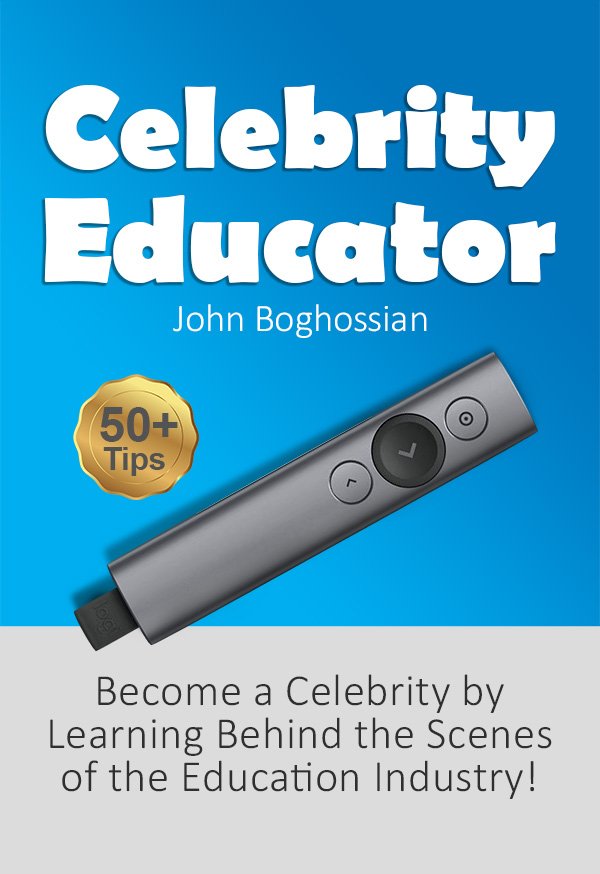Contents
It’s imperative to understand that engaging online courses not only enhance learning but also keep your students motivated and invested in the material. Whether you’re a seasoned educator or just starting out, implementing effective strategies can significantly impact your course’s success. In this blog post, you will discover practical tips and best practices that can help you design interactive content, foster connections, and create a dynamic learning environment. Let’s examine the key elements that will empower you to craft engaging online courses that resonate with your audience.
Key Takeaways:
- Incorporate interactive elements such as quizzes, polls, and discussions to foster engagement and maintain learners’ interest throughout the course.
- Utilize a variety of multimedia resources, including videos, infographics, and audio clips, to cater to different learning styles and enhance the overall learning experience.
- Provide clear learning objectives and actionable feedback to help guide students, enabling them to track their progress and understand the value of the material presented.
Understanding Your Audience
As you launch on creating an engaging online course, it is necessary to understand your audience. Identifying their preferences, backgrounds, and motivations will allow you to connect more effectively and tailor your content to their needs. By gaining insights into what drives them to learn, you can ensure your course resonates and produces meaningful outcomes for your learners.
Identifying Learner Needs
Along the journey of course creation, you must prioritize identifying learner needs. Conducting surveys, interviews, or questionnaires can reveal what your audience values most in their educational experience. Understanding their goals and obstacles will enable you to craft targeted content that addresses their specific challenges and enhances their learning journey.
Tailoring Content for Different Learning Styles
Against a one-size-fits-all approach, recognizing and tailoring your course content for different learning styles will significantly enhance engagement. By incorporating visual, auditory, and kinesthetic components, you can cater to diverse preferences, ensuring that all learners can access and appreciate the material.
Needs vary among learners, and accommodating these differences can lead to a more inclusive learning environment. For instance, consider incorporating video elements for visual learners, podcasts for auditory learners, and interactive activities or simulations for kinesthetic learners. By providing various formats, you allow learners to engage with content in ways that suit them best, boosting both retention and enthusiasm for your course material.
Course Design Principles
Some effective course design principles can significantly enhance the learning experience for your students. By focusing on clarity, organization, and engagement, you can create a curriculum that not only meets educational objectives but also keeps learners motivated and interested. This approach will help you build a more accessible and enjoyable online course, ensuring that your content resonates with a wider audience.
Structuring Your Course
One effective way to structure your course is by breaking it down into clear, manageable modules. This method allows you to guide learners step-by-step through the material, providing them with a sense of progress while making complex topics easier to digest. Incorporating assessments and interactive elements at each stage can reinforce understanding and maintain student engagement.
Incorporating Multimedia Elements
Above all, using multimedia elements can significantly enhance your course’s appeal, making it more immersive and enjoyable. By incorporating videos, audio clips, infographics, and interactive activities, you cater to diverse learning styles and keep students engaged. This variety not only helps to break the monotony of text-heavy content but also facilitates better retention of information.
Another effective way to incorporate multimedia elements is to use storytelling techniques in your videos and presentations. By integrating narratives that relate to the subject matter, you can create an emotional connection with your learners, making the content more relatable and memorable. Additionally, consider adding quizzes or interactive simulations as part of your multimedia offerings; these features will not only enhance engagement but also promote active learning through application and practice.
Engaging Content Strategies
Keep your audience captivated by incorporating a variety of engaging content strategies. Utilize multimedia elements like videos, podcasts, and infographics to present information in diverse formats, catering to different learning styles. Additionally, ensure that your course content is structured logically, allowing for a smooth flow that enables learners to develop their knowledge effectively. By incorporating relatable examples and real-world applications, you can enhance the relevance of your course material, making it more appealing to your audience.
Interactive Activities
Interactive activities facilitate hands-on learning experiences that keep your students actively engaged. Incorporate quizzes, polls, and discussion forums into your online course to promote interaction and encourage students to apply what they have learned. By fostering an environment of collaboration and participation, you can create a sense of community among learners, enhancing their overall experience.
Storytelling Techniques
After establishing your course, leverage storytelling techniques to build connections with your audience. By weaving narratives into your lessons, you can evoke emotions and make complex concepts more relatable. Drawing on personal experiences or case studies allows you to illustrate key points, helping students visualize the material in a practical context.
Further, storytelling can be a powerful tool for engagement, as it transforms dry facts into memorable lessons. Craft compelling narratives that resonate with your audience’s experiences, integrating relatable characters and challenges. Encouraging students to share their own stories and insights can foster a richer learning environment, making the content not only informative but also meaningful and impactful.
Assessment and Feedback
After delivering engaging content, effective assessment and feedback are imperative to solidify your learners’ understanding. You need to create assessments that not only evaluate knowledge but also encourage application of skills. Providing timely and constructive feedback is vital, as it fosters improvement and boosts learner confidence in your online course.
Creating Effective Assessments
One effective way to design assessments is to ensure they align with your learning objectives. Utilize a mix of formats, such as quizzes, projects, and peer evaluations, to engage different learning styles and provide a comprehensive evaluation of student progress.
Providing Constructive Feedback
Feedback is an imperative element of the learning process, as it guides your students toward improvement. Focus on being specific, timely, and actionable when delivering your feedback. Encourage learners to reflect on their performance and identify areas they can enhance.
Feedback should always be framed positively, highlighting strengths while addressing areas for growth. This will help maintain learners’ motivation and engagement in your course. By personalizing your feedback, you create a supportive environment where participants feel valued and understood, driving them to achieve their educational goals more effectively.
Utilizing Technology Effectively
Your approach to technology in online courses can significantly influence student engagement and learning outcomes. By incorporating multimedia elements and interactive tools, you can create a dynamic learning environment. To explore Pedagogical Best Practices: Residential, Blended, and …, ensure your use of technology aligns with educational goals for maximum impact.
Selecting the Right Tools
Any online course relies on the tools you select to facilitate learning. It’s important to choose platforms that enhance communication, deliver content seamlessly, and support collaboration among students. Evaluate various options to ensure they meet your course objectives and provide a user-friendly experience.
Enhancing User Experience
Along with selecting the right tools, improving user experience is key to keeping your learners engaged. Aim for an intuitive interface that minimizes frustration and promotes ease of navigation.
Consequently, incorporating responsive design, clear instructions, and accessible resources will greatly enhance your learners’ experience. Providing support through discussion forums or help centers can also foster a sense of community and encourage active participation. Regularly soliciting feedback will help you refine the course, ensuring it meets the evolving needs of your students.
Promoting Your Course
Now that you’ve developed your online course, it’s time to share it with the world. Effective promotion is crucial for attracting learners and generating interest. Utilize social media, email marketing, and paid advertising to maximize your reach. Don’t forget to explore Best Practices for Designing Engaging Online Courses for additional insights on optimizing your promotional strategies.
Marketing Strategies
Between leveraging your existing networks and exploring new channels, crafting diverse marketing strategies can significantly enhance your course visibility. Consider collaborating with influencers in your niche, utilizing social media ads, and hosting webinars to generate interest and provide potential students a sneak peek into your course’s value.
Building a Community
Above all, creating a strong community around your course can greatly enhance learner engagement and retention. Engaging with your students through forums, social media groups, or live Q&A sessions fosters connections and promotes a collaborative learning environment.
Another effective approach to building a community is to encourage interaction among participants. Prompt discussions, establish study groups, and create opportunities for peer feedback. This not only enriches the learning experience but also cultivates a sense of belonging, making your course more appealing and valuable to potential learners.
Summing up
Taking this into account, by focusing on interactivity, leveraging varied multimedia, and maintaining clear communication, you can create engaging online courses that resonate with your audience. Emphasizing user feedback and continuous improvement will enhance the learning experience, ensuring that your courses not only meet educational goals but also keep learners motivated. Ultimately, your dedication to refining these elements will position your courses for success in the ever-evolving online education landscape.








